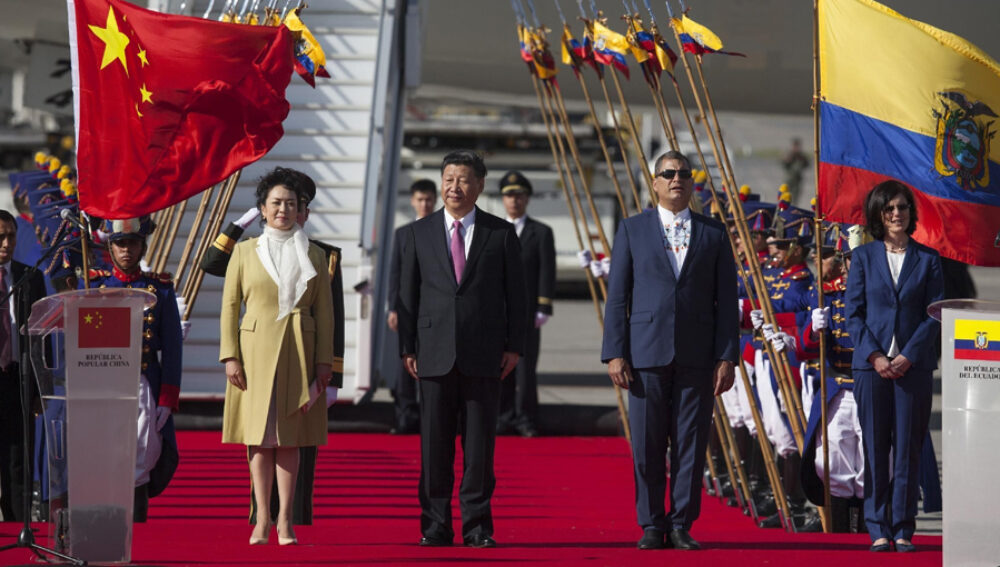On January 2015 the first meeting of the China – CELAC (Community of Latin American and Caribbean states) forum was held in Beijing. It was a symbolic milestone for Sino – Latin American relations. China was able to talk to the 33 countries of Latin America and the Caribbean without the United States and Canada in the same room. Xi Jinping chose this platform to present his ambitious “China-Latin American and Caribbean Countries Cooperation Plan (2015–2019),” announcing that China intended to double the volume of trade and investment in the region within ten years.
One year later, China published its second White Paper on Beijing’s policy towards Latin America. Giving more details regarding the proposed “1+3+6” framework of “pragmatic cooperation”, the policy promotes the comprehensive development of cooperation (trade, investment and financial cooperation) in six fields (energy and resources, infrastructure construction, agriculture, manufacturing, scientific and technological innovation, and information technologies).
Xi Jinping’s government is prone to making ambitious announcements in the form of broad and ambiguous initiatives such as the Chinese Dream and the One Belt One Road. In this sense, the new Sino – Latin American cooperation plan has yet to convince many analysts and pundits. China is not growing as fast as the beginning of the century, and Latin America and the Caribbean is also experiencing a slow cycle of growth. On top of that, the region is going through a very unstable political period.
However, as far as trade and investment is concerned, in the near future Xi Jinping may be able to achieve more than expected.
Please click here to read the full “Xi Jinping’s window of opportunity in Latin America” article at the IAPS Dialogue, written by Diego Leiva, School of Government and International Relations, Griffith University.








